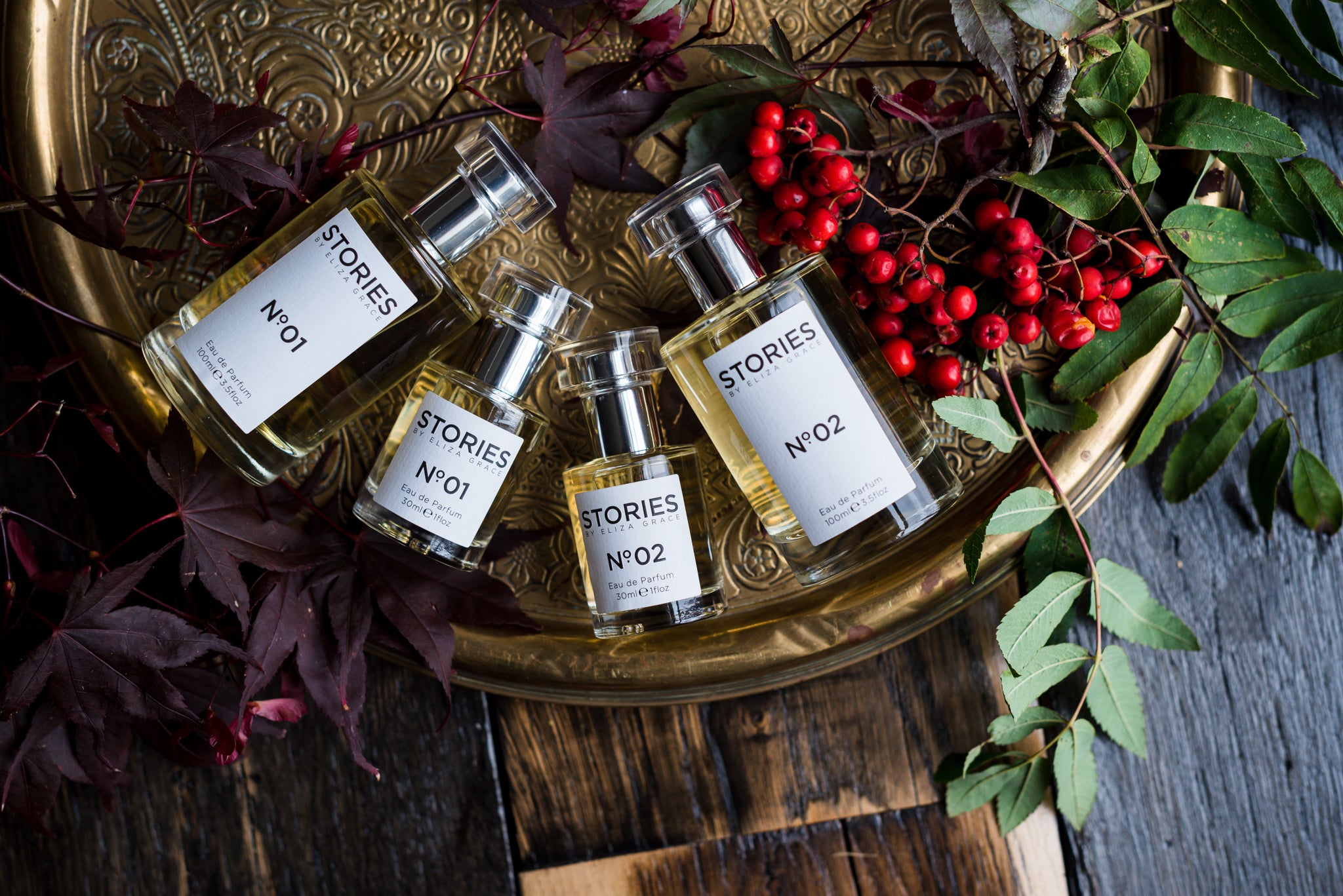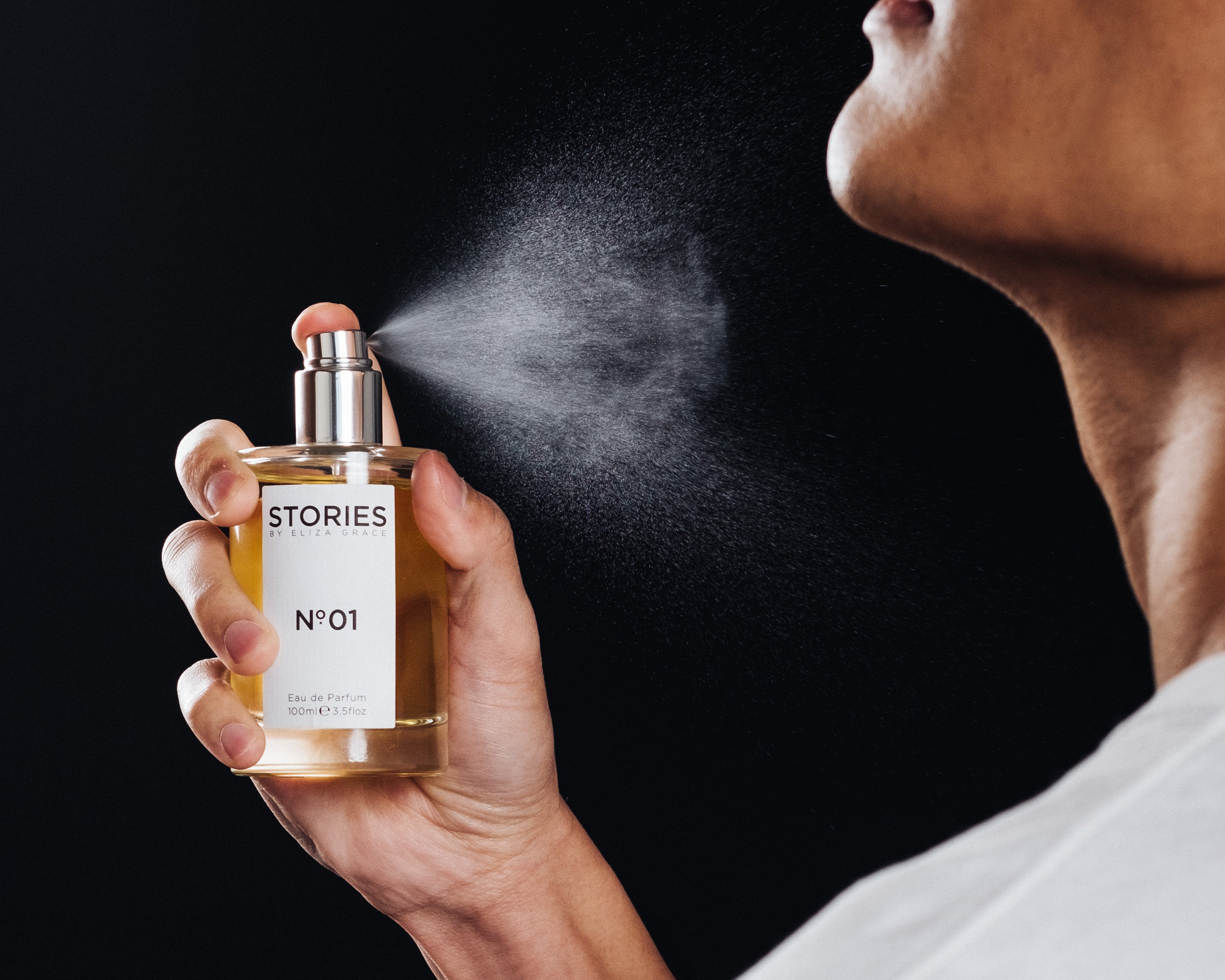Scent Your Home This Christmas
Why are we drawn to satsumas, cloves and frankincense at Christmas?
For many of us, harnessing the smell of Christmas is an act of nostalgia. We sniff the boughs of the fir trees to find the one with the most piney scent; we mull wine for the aroma in our house as much as our drinking pleasure and we purchase scented candles, pine cones or room diffusers to evoke the smell of Christmases past.
The festive season is redolent with the fresh scent of tangerine, the rich spicy aroma of cinnamon, clove and nutmeg alongside the smell of resinous tree bark. But why do these scents classify the smell of Christmas? An understanding of these notes from a perfumery perspective can give an insight into why we are drawn to these olfactory profiles.
Orange Pomanders
The Hesperidic Facet is a group of ingredients with similar citrus-like qualities. It includes Bitter Orange, Sweet Orange, Grapefruit and Tangerine. Whether it is dehydrated in slices to hang on the tree or squeezed into our fruit mincemeat, orange is a key element of the Christmas composition. Modern day pomanders look like oranges studded with cloves. These globes of the season have evolved from the ornate balls of ambergris that were used in Europe during the time of the Black Death to (unsuccessfully) cover up and purify ‘bad air’. Clove-studded oranges are a great way to infuse your home with scent. If you want to strengthen the aroma, roll the studded orange in spices.
‘We may be in the throws of cold weather and dark days but at the centre of the season there is light’
Spice
The Spice Facet features notes that bring warmth and freshness to a perfume. The Hot Spice Facet includes Cinnamon, Clove, Nutmeg, Pepper, Saffron and Aniseed, to name a few. So many of these spices are integrated into festive baking, flavoured coffee, mulled drinks and various types of room scenting devices at this time of the year. These spices arrived in Britain with soldiers returning from the Crusades. Britain was a key player in the World Spice Trade and the humble nutmeg, cinnamon bark and the ginger rhizome were so highly prized that they were often used as currency. So, when you’re chucking a bit of nutmeg in your eggnog, remember its lavish origin.
Frankincense and Myrrh
Ingredients in the Balsamic Facet bring depth and richness to a fragrance. In perfumery, they are responsible for the scent that lingers on your skin. Many notes associated with Christmas belong to the Resinous Balsamic Facet. This is the smell that takes you to the forests of your childhood when you rubbed sticky resin between your fingers and inhaled its scent. It’s also the home of scents such as Frankincense, Myrrh and Opoponax, smells that are as old as Christmas itself. These oils are derived from the sap of trees and are bold and heady. You can spread a little balsamic cheer in the form of incense. King Solomon was recorded as saying that opopanax was ‘the noblest of incense gums’. Get your hands on some incense and fill your home with smoky, woody tones to ward off the winter.
We may be in the throws of cold weather and dark days but at the centre of the season there is light, hope and warm, comforting aromas. The sweet scent of Orange issues a joyous invitation to celebrate life this Christmas. Warm, spiced notes of Clove and Cinnamon draw us closer to the heart of the season and ask us to pause there. Finally, the deep, resinous tones of Frankincense and Myrrh linger into the New Year as a testament to hope that endures.
STORIESNº. 01 features some of the citrus notes from the Hesperidic Facet whileSTORIES Nº. 02 has spice and a resinous opoponax base. If you would like to sample these Eau de Parfums, click here.



Leave a comment
This site is protected by hCaptcha and the hCaptcha Privacy Policy and Terms of Service apply.